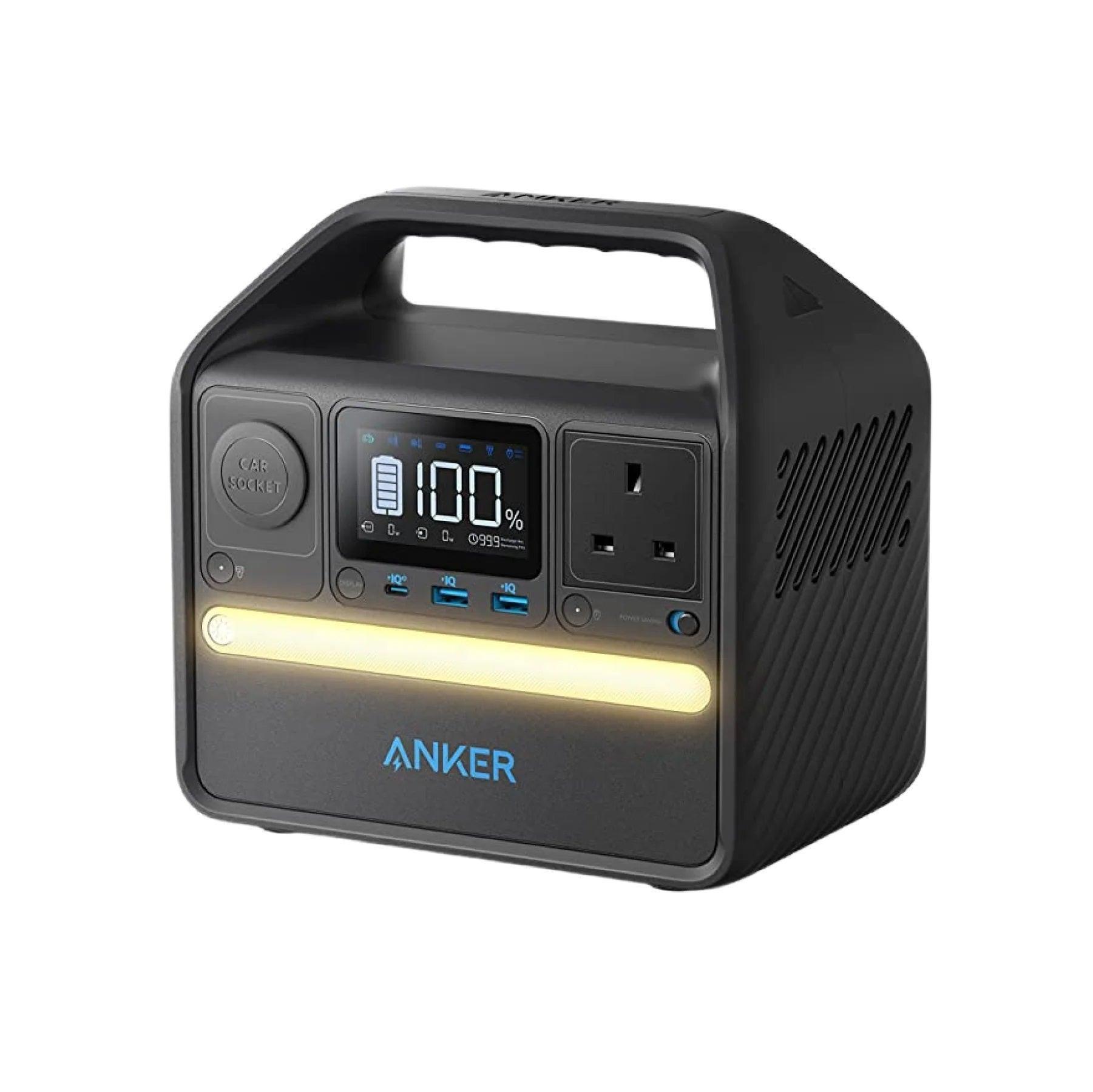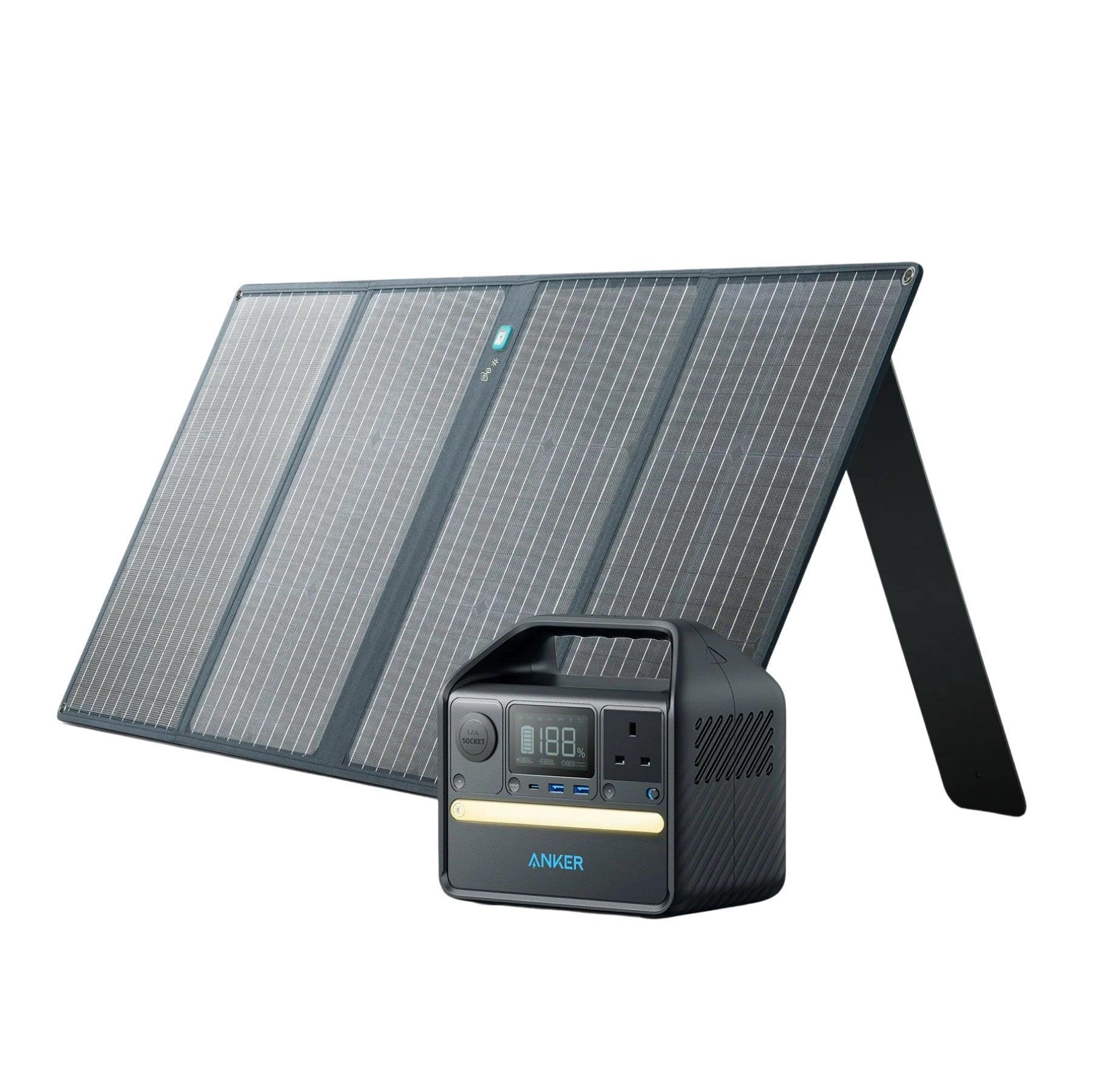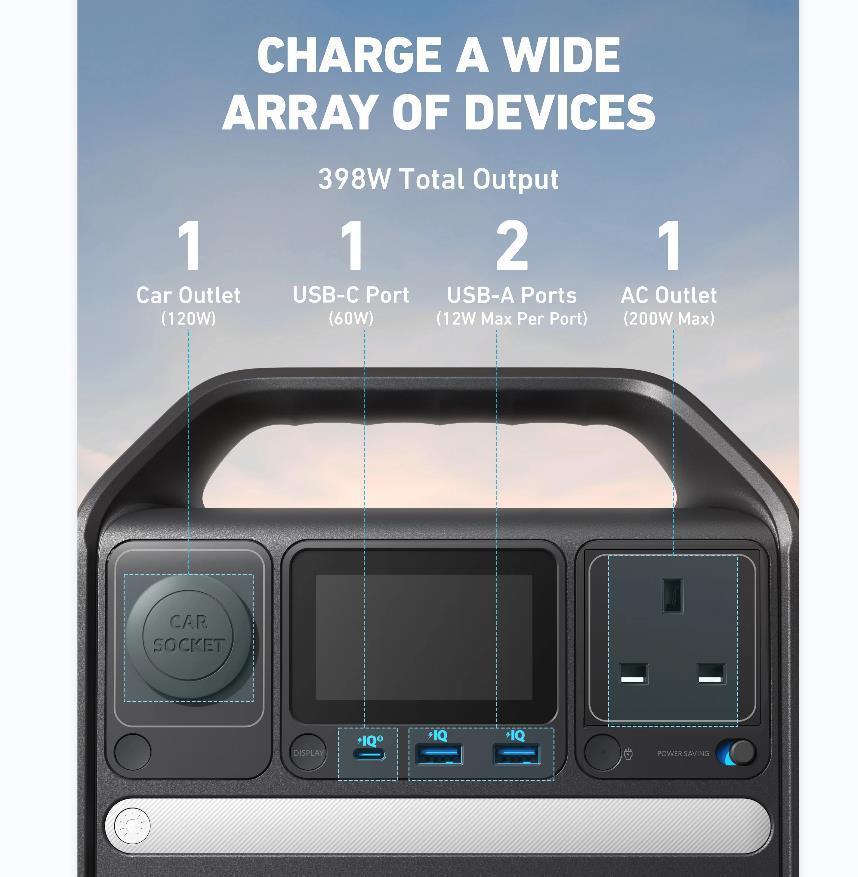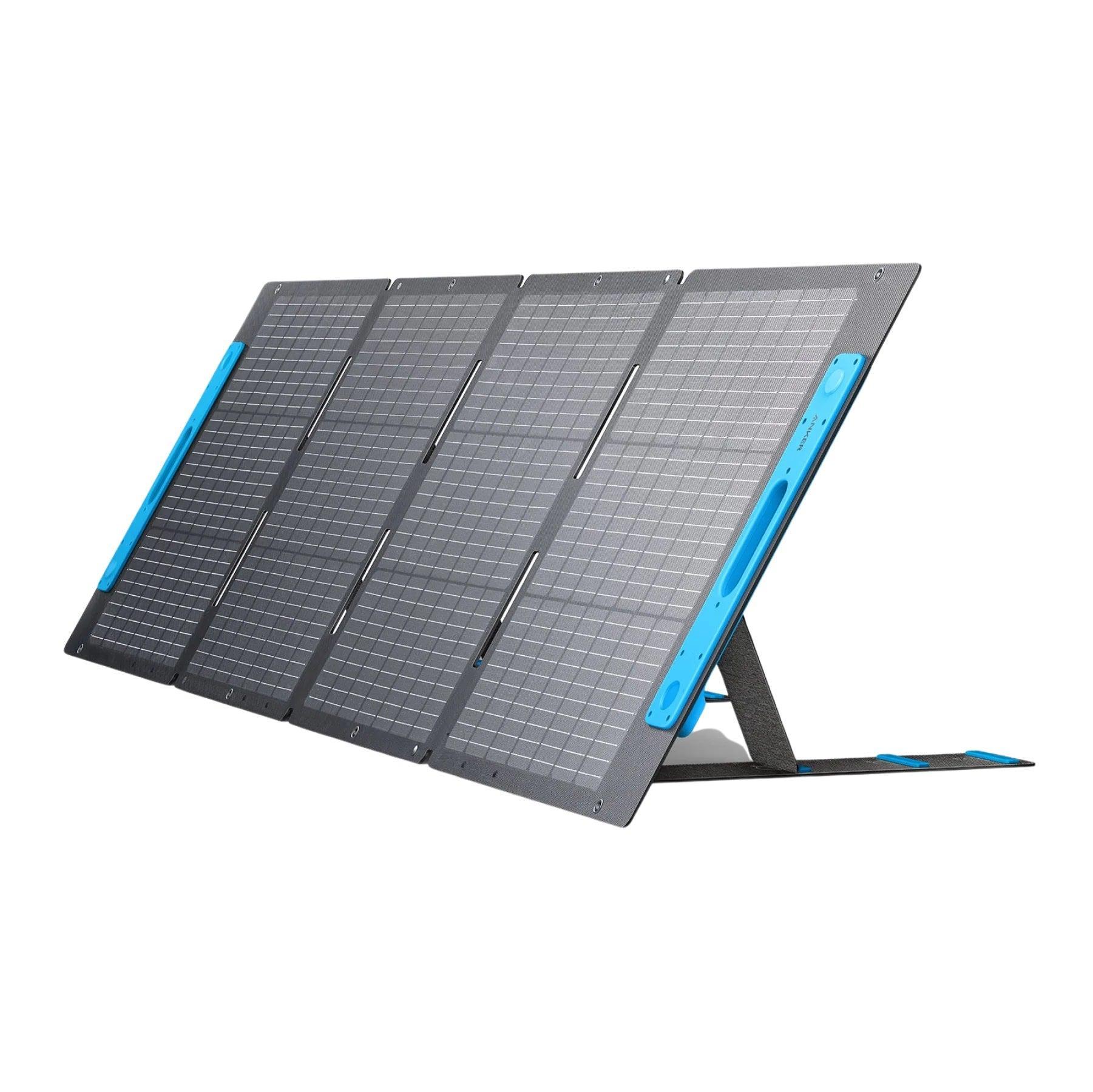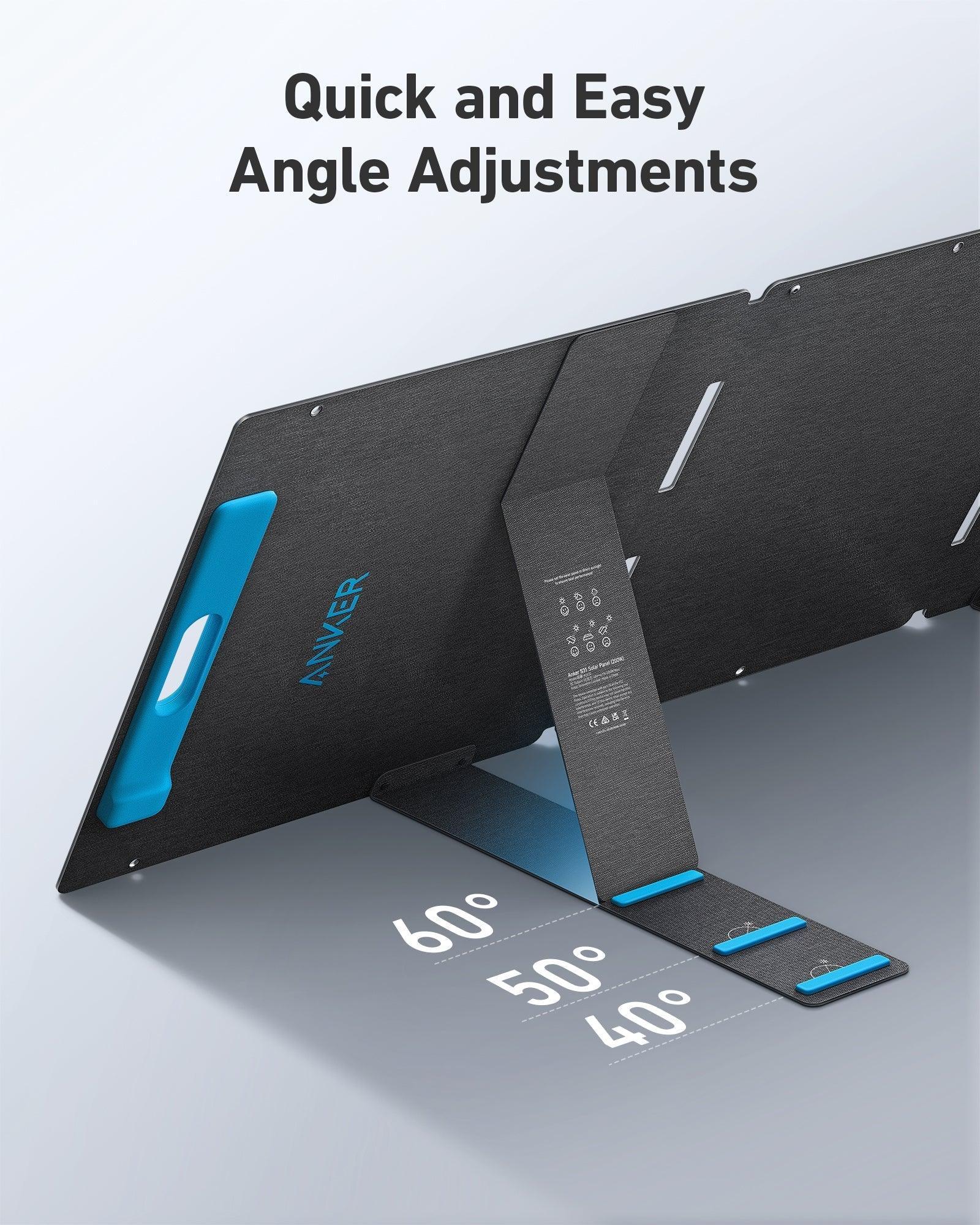The winter season can bring about a variety of interesting weather patterns - from snowstorms to ice, many of us may enjoy the snow. However, during the winter, snow buildup on solar panels can become a concern. The accumulation of snow can hinder the panels from receiving the sunlight they need to operate at peak efficiency, leading to a reduction in electricity generation. In this blog, we will explore how snow affects solar panels and discuss various methods on how to clean snow off solar panels on roof.

Does Solar Panels Still Work with Snow on Them?

Solar panels can still work with a light dusting of snow on them, but their efficiency will be reduced. When snow completely covers the panels, the photovoltaic cells cannot receive sunlight and generate electricity. Even partial snow cover can affect their performance. The longer the panels remain blocked by snow, the less electricity they will produce. To ensure optimal performance, it's important to remove snow from solar panels promptly when it accumulates.
How Does Snow Affect Solar Panels?
Solar panels are designed to harness sunlight and convert it into electricity through photovoltaic cells. However, when snow accumulates on the surface of the panels, the effect of snow on solar panels hinders their ability to generate power at peak efficiency:
1. Reduction in Sunlight Exposure
The primary and most immediate effect of snow on solar panels is the reduction in sunlight exposure. As snow covers the surface of the panels, it acts as a physical barrier that blocks sunlight from reaching the photovoltaic cells. The cells require direct sunlight to generate electricity, and when deprived of it, their efficiency drops significantly.
2. Decreased Energy Production
When snow completely covers the solar panels, their energy production is severely impacted. The photovoltaic cells remain inactive, unable to generate electricity. Even a thin layer of snow can have a noticeable impact on energy output. As snow accumulates, the energy production gradually decreases, and during severe snowstorms, solar panels may generate little to no electricity at all.
3. Weight Load on Panels
Another concern with snow accumulation is the added weight load on the panels. Snow is relatively heavy, and when it piles up on solar panels, it can exert pressure on the panel surface and mounting system. While solar panels are designed to withstand various weather conditions, excessive snow load can potentially damage the panels or their support structures if not promptly addressed.
4. Risk of Panel Damage
In addition to the weight load, there is also a risk of panel damage caused by freezing and thawing cycles. When snow melts during the day and then refreezes at night, it can expand and contract within cracks and crevices of the panels. Over time, this freeze-thaw cycle can cause microcracks, compromising the panel's integrity and long-term performance.
5. Reduced Energy Efficiency
Even after the snow starts to melt or slide off the panels, there may still be some lingering debris and moisture. This residual snowmelt can create streaks and dirt on the panel surface, further reducing the energy efficiency of the solar gengerator. Proper cleaning and maintenance are essential to ensure the panels return to optimal performance once the snow has cleared.
How to Prevent Snow From Affecting Solar Panels

To ensure that snow does not significantly impact solar panel efficiency, several preventative measures can be taken:
1. Proper Panel Installation
During the installation process, consider the orientation and angle of the solar panels. Mounting the panels at an angle can encourage snow to slide off more easily. This reduces the likelihood of snow accumulating and blocking sunlight from reaching the photovoltaic cells.
2. Clean and Maintain Solar Panels Regularly
Regular maintenance and snow removal on solar panels are crucial. Keeping the panels clear of dirt, streaks, and debris enhances their performance. When snow accumulates on the panels, it's essential to remove it manually using a gentle brush. This practice allows the photovoltaic cells to convert sunlight into solar energy effectively.
3. Melt Snow With Heaters
In some locations, snow can melt away naturally due to the heat generated during the conversion of sunlight to electricity. However, for areas with heavy snowfall or slow melting, heaters or snow-melting systems can be used. These systems apply heat slowly and evenly to melt the snow from the panels, ensuring they stay functional even during winter storms.
4. Use Snow Guards or Covers
A snow guard is a valuable tool that can be installed to prevent snow-related issues on rooftop solar installations. It acts as a physical barrier positioned between or on the edges of solar panels to inhibit snow from sliding off in large quantities. Translucent covers can also be used to protect the panels from snow while still allowing sunlight to pass through. These solutions help mitigate the effects of snow collecting on solar panels.
Conclusion
Knowing how to deal with snow on solar panels is essential to ensure that snow does not significantly impact the efficiency of solar panels. By regularly cleaning the panels and promptly removing accumulated snow, homeowners can maximize their solar power system's performance even during the snowy winter months. Besides, a portable power station can be a valuable addition to the setup, providing backup electricity during winter storms or power outages to ensure a continuous energy supply for essential appliances and devices.

